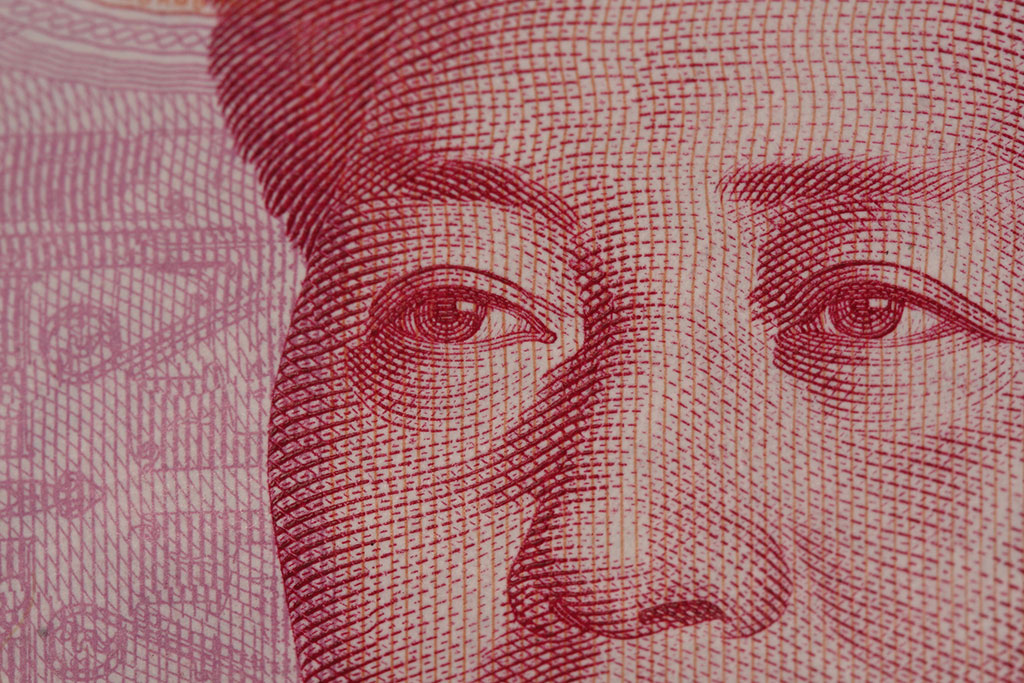
The world’s largest trading nation and second largest economy, China, and its monetary and macroeconomic policy, has rightfully commanded a growing amount of attention over the past couple of decades. In line with this trend, there has been a great deal of scholarship focusing on Chinese attempts to internationalize the Renminbi (RMB), especially since the 2008 financial crisis. With Xi Jinping’s accession to power in 2013, we saw even more aggressive and targeted attempts at RMB internationalization. That same year, the announcement of the Belt and Road Initiative (BRI) further reshaped the conversation regarding RMB internationalization. Despite this, we have not seen the significant, concrete progress in the RMB internationalization anticipated to accompany the expansion of the BRI.
China’s desire to internationalize the RMB is by no means new. Since the early 2000’s, China has been laying the groundwork necessary to create and support an international RMB. The 2008 financial crisis, however, is what really hastened the more concerted RMB internationalization efforts we see today. Not only did the crisis itself lead the Chinese to realize the vulnerability inherent to their reliance on the USD, but also led to China’s view of the US as an irresponsible leader of the international monetary system. Since that time, China has engaged in 500 billion dollars-worth of currency swap agreements with more than 30 countries and taken steps to liberalize access to the Chinese financial market.
Despite these efforts, there are obstacles to the successful internationalization of the RMB. In order to internationalize the RMB, for example, there must be a sufficient amount of RMB overseas. China, however, has not been willing to run either the current or the capital account deficit necessary to make this happen. This is one area in which the BRI can serve as a launching platform for the RMB and may be able to circumvent risks associated with traditional avenues of currency internationalization.
Both the BRI itself and the institutions created to support the BRI, such as the Asian Infrastructure Investment Bank (AIIB) and the Silk Road Fund, are expected to further RMB internationalization. Through denominating loans and bonds to BRI countries in RMB, said countries will be incentivized to settle debts in RMB, and further, to pre-emptively hold RMB reserves for the settlement of future accounts. This could increase the international use of the RMB across its three functions: trade settlement (medium of exchange), foreign deposit holdings and reserves within BRI countries (store of value), and invoicing and denominating BRI related contracts (unit of account). All the while, China could maintain control knowing the RMB they are pushing internationally will ultimately return to China as BRI infrastructure is paid for. This presents a new path through which currency internationalization may be possible without the full extent of monetary policy liberalization: currency internationalization ‘with Chinese characteristics’.
With the BRI in its 7th year, enough time has gone by to take a preliminary look at whether the above forecasted phenomena are in fact occurring. Early on, we did see significant progress: an increase in foreign usage of the RMB from 2009 to 2013 and then an even more significant increase between 2013 and 2015. In 2015, the RMB was even included in the IMF’s Special Drawing Rights currency basket. However, that same year, following stock market turbulence, the RMB depreciated leading to less demand for RMB internationally. In the years following, we saw sluggish or even declining progress toward RMB internationalization. This lack of progress can be explained in part by the fact that the majority of BRI investment is done in USD rather than RMB. In the last quarter of 2019, RMB-settled trade was up by 230 billion RMB from the previous year, in line with the general upward trend seen in RMB-settled trade since 2010. In spite of this, between 2017 and 2019 the role of the RMB in trade settlement declined relative to other currencies. In 2017, the RMB ranked 5th for global trade by value, accounting for 1.61%. In 2019, however, while the percentage of RMB use in global payments by value increased to 1.94%, it fell one spot in the rankings relative to other global currencies.
It is difficult to attribute significant, concrete progress in RMB internationalization to the BRI for a number of reasons. For one, the period of time in which RMB internationalization seemed to be progressing the most (2009 to 2013) only encompasses the two first years of the BRI. Since this time, we have not seen anything close to this sort of progress. In addition, as the majority of BRI projects are still paid for in USD, it is difficult to say whether progress in internationalization is, in fact, due to the BRI or perhaps to other factors (Chinese financial and monetary policy, etc.). It is important, however, to keep in mind that currency internationalization is also furthered, or hindered, by factors external to the more easily quantifiable economic determinants. International currencies both strengthen their respective countries and are in turn strengthened by the power derived from their country’s political, military, and cultural dominance. In this sense, the BRI may have already served to promote RMB internationalization by providing an alternative to both western financing and western security options and spreading Chinese influence.
There remains a great deal of speculation as to the ways in which the BRI could facilitate RMB internationalization, perhaps even allowing China to sidestep risks traditionally associated with the internationalization process. That said, progress has been unremarkable and unstable. The Belt and Road Initiative is, however, projected to be completed by 2049 and is, therefore, only in its early steps. Whether or not the BRI, in conjunction with Chinese monetary policy, leads to an international RMB depends on a number of factors, not least of which is the evolution of confidence in competing internationalized currencies.

